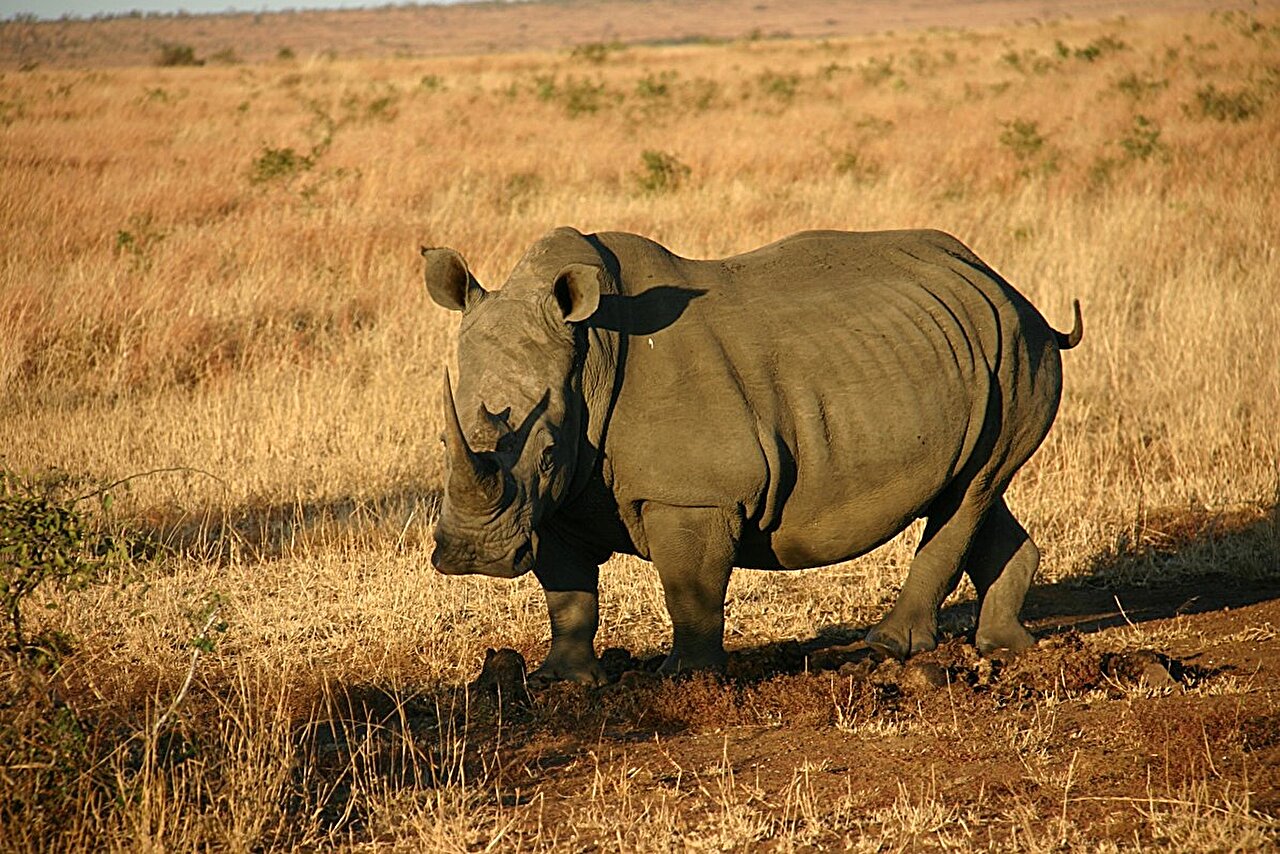Southern Africa contains the vast majority of the world’s remaining populations of both black and white rhinoceroses (80% and 92%, respectively). The region’s climate is changing rapidly as a result global warming. Traditional conservation efforts aimed at protecting rhinos have focused on poaching, but until now, there has been no analysis of the impact that climate change may have on the animals.
The African continent has seen its average monthly temperatures rise by 0.5–2 degrees Celsius over the past century, with up to another two degrees of warming projected for the next 100 years, according to the Intergovernmental Panel on Climate Change’s (IPCC) high greenhouse gas emissions scenario. It is also well known that the changing climate will disrupt historical precipitation patterns—but which of these, temperature or rainfall, will have the most impact on a species, like white and black rhinos, that have long been the target of conservation efforts?
The question is especially important for rhinos because they don’t sweat, and instead cool themselves off by bathing and finding shade.
“Generally speaking, most, if not all, species will, in one way or another, be negatively affected by the changing climate,” says lead author Hlelowenkhosi S. Mamba, who completed this research as part of her graduate studies at UMass Amherst. “It is therefore important for conservationists to conduct macroecological assessments over large areas to catch trends and model futures for some of the world’s most vulnerable species to prepare to mitigate climate change’s effects, hence minimizing global biodiversity losses.”
To understand how our changing climate will affect rhino populations, Mamba and senior author Timothy Randhir, professor of environmental conservation at UMass Amherst, focused their efforts on the five large national parks in South Africa, Namibia, Zimbabwe, Kenya, Botswana, Tanzania and eSwatini that are home to most of the rhinos. The parks represent diverse landscapes.
2024-01-18 02:41:03
Source from phys.org
